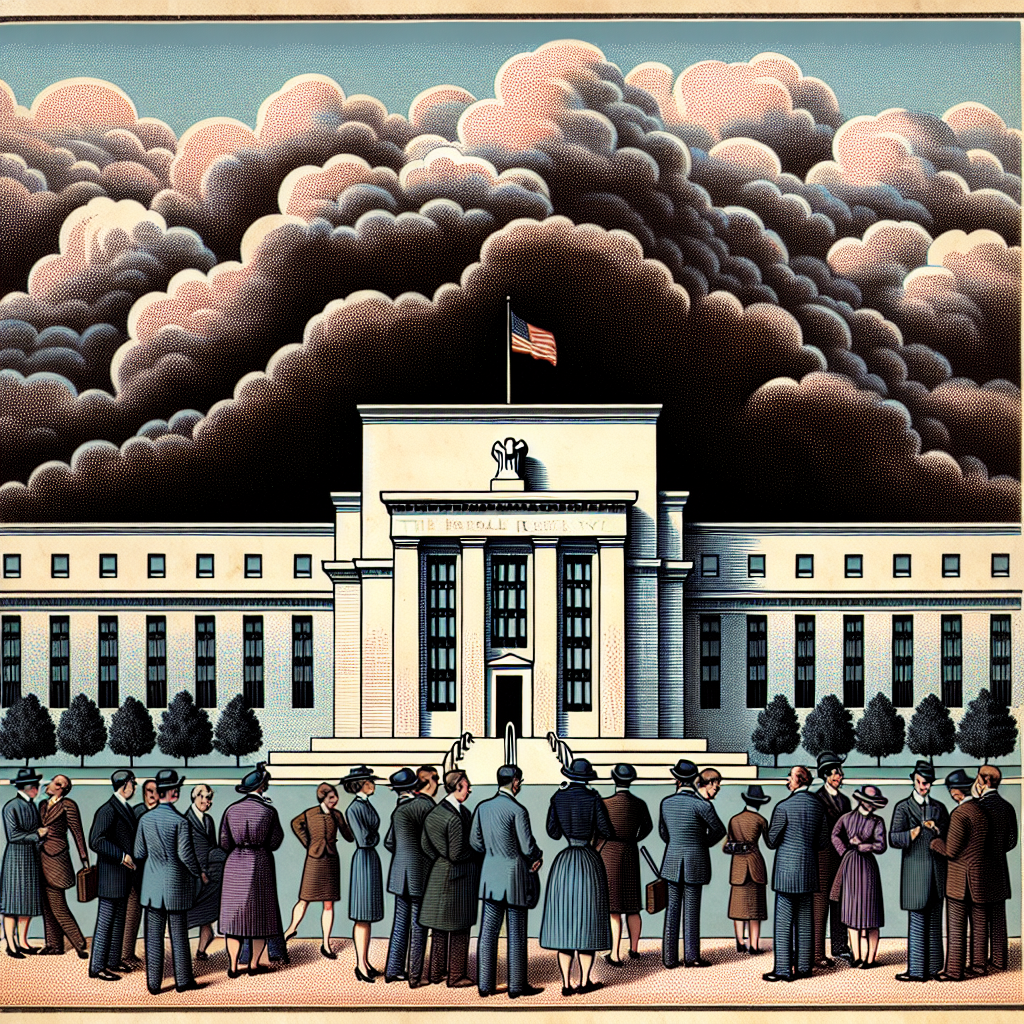At a critical juncture marked by political pressure and economic uncertainty, Federal Reserve Chair Jerome Powell reaffirmed that the U.S. central bank does not factor government interest rate costs into its decision-making process on monetary policy. Powell’s statement came during a press conference following the latest Federal Open Market Committee (FOMC) meeting on July 30, 2025.
Powell emphasized that the Federal Reserve’s legislative mandate, established by Congress, is to maintain price stability and foster a strong labor market. “There’s no place for us to consider government financing needs,” Powell stated, adding that doing so would undermine both the central bank’s independence and efficacy in controlling inflation. He noted that considering fiscal needs, such as the cost of government borrowing, would not only be inappropriate, but also illegal under U.S. law for the central bank of an advanced economy. (Reuters)
The backdrop to Powell’s comments is mounting pressure from political and governmental figures, including President Joe Biden and former President Donald Trump. Both have called for interest rate cuts, in part as a response to mounting government interest payments, which reached $1.1 trillion last year—more than twice the pre-pandemic level—largely a consequence of higher borrowing costs following the Fed’s rate hikes to curb inflation. Trump, specifically, has advocated for cutting the benchmark rate to 1%, arguing that it would help lower federal borrowing expenses. (Reuters)
Despite these calls, the FOMC chose to keep its main overnight interest rate target range unchanged at 4.25% to 4.5%. The decision signals the Fed’s continued priority on taming inflation and supporting labor markets, rather than responding to the fiscal impacts faced by the federal government. Notably, the decision was not unanimous—Governors Michelle Bowman and Christopher Waller dissented, advocating for a 0.25 percentage point rate cut. This is the first dual dissent from Fed Board members since December 1993, highlighting rare and significant division within the policy-setting body. (Reuters)
Most economists concur that central banks risk undermining their credibility if they use monetary policy to keep government borrowing costs artificially low, which could result in loss of control over inflation and erode policy independence. Powell reiterated that the Fed’s policy direction is guided strictly by economic data, such as inflation trends, the health of the job market, and external factors like tariffs and trade dynamics—not by the fiscal challenges faced by the government. “Our focus remains on price stability and maximum employment,” Powell insisted. (Axios)
Financial markets responded swiftly to the Fed’s move to hold rates steady. Yields on short-term U.S. Treasury securities climbed, and the dollar strengthened against major currencies. Economic data showed the U.S. economy grew at a 3% annualized pace in the second quarter, bouncing back from an earlier contraction, although growth in 2025 overall has lagged behind late 2024 levels. Meanwhile, consumer spending has softened, and analysts at JPMorgan forecast further economic cooling due to new protectionist trade measures and emerging concerns about labor market resilience. (Financial Times)
The ongoing debate over the Fed’s role underscores the tension between maintaining institutional independence and navigating the political climate in Washington, particularly as future tax and spending legislation are expected to further increase government deficits and borrowing costs. As the central bank faces internal disagreement and external scrutiny, Powell’s firm stance reiterates the Fed’s commitment to its primary mission—even in the face of intensifying fiscal and political headwinds.




